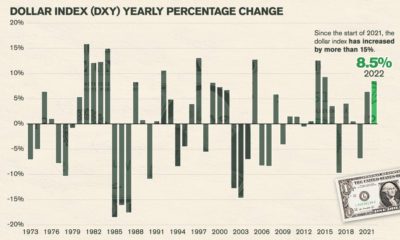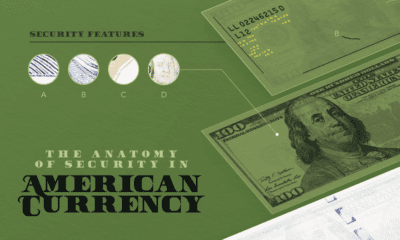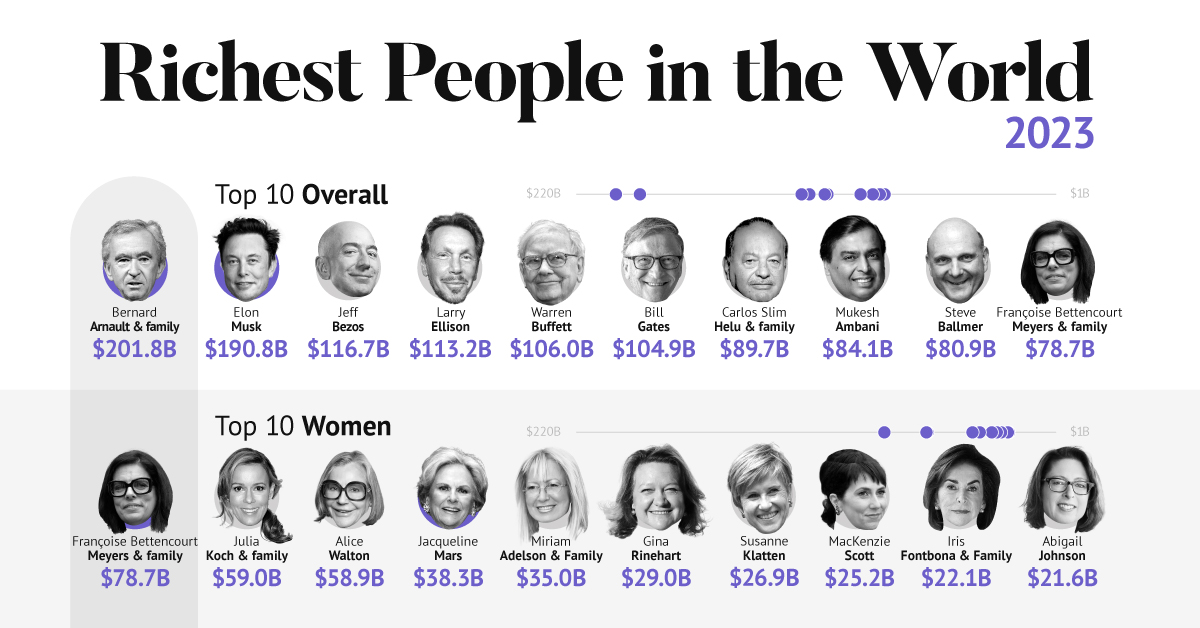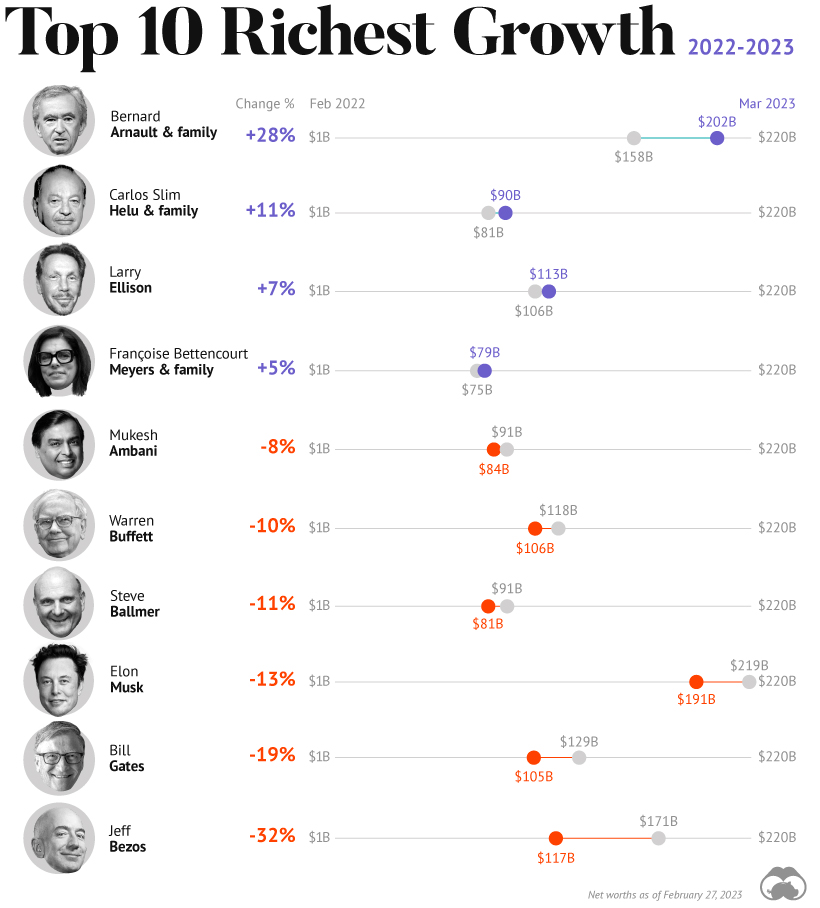While this is most often the case, sometimes there are situations in which currency markets begin acting in ways that are less predictable. Growing amounts of political or economic uncertainty, for example, can cause a currency to experience amplified levels of volatility — an environment in which it may see bigger ups and downs than most market participants are used to.
Brexit, Currency Risk, and the Pound
Today’s infographic comes to us from BlackRock, and it focuses in on the recent volatility of the British pound to illustrate how currency risk can impact a UK investor’s portfolio, and how this risk can be mitigated through currency hedging techniques.
Currency risk is present in any unhedged portfolio that holds investments denominated in international currencies. When currencies experience increased levels of volatility — such as the British pound over the last five years — it can make this risk even more evident, ultimately impacting investor returns.
Brexit in Focus
In the lead-up to the EU Referendum in June 2016, and certainly afterwards, it’s been clear that the sterling has decoupled from its typical trading patterns. – Mark Carney, Bank of England (September 2019) Every twist and turn in the Brexit saga has helped stoke fluctuations in the value of the pound, especially in usually stable pairs such as EUR/GBP or USD/GBP. It is possible that these swings could continue throughout 2020, and even beyond. What impact can these fluctuations have on investment portfolios, and what can investors do to avoid them?
Currency Risk 101
The challenge of currency risk is that it can affect returns, either positively or negatively. In other words, in addition to the risk you are exposed to by owning a particular investment, you are also at the mercy of foreign exchange rates. This means the performance of your investment could be canceled out by currency fluctuations, or returns could be amplified if exchange rate movements are to your advantage. For example, in a typical UK portfolio that holds 60% global equities and 40% global bonds, currency risk actually has the highest projected risk contribution: Projected Risk Contribution (60/40 Global Portfolio)
Foreign Exchange Risk: 4.55% Equity Risk: 3.36% Interest Rate Risk: 0.44% Spread Risk: 0.06% Total: 8.40%
When there is added volatility in currency markets, like in recent times, even a home-biased portfolio can be adversely affected. Given this, how can investors be sure they are getting a return from the underlying assets in a portfolio, instead of from unpredictable currency swings?
To Hedge, or Not to Hedge
There is a range of strategies that allow investors to hedge currency risk, but one simpler option may be to simply buy a fund (such as an ETF) that is hedged. That said, not all investors may want to hedge currency risk. For example, an investor has a specific foreign exchange view (i.e. that a currency will go up or down in value) may want to purposefully get exposure to currency risk to take advantage of this view. While it may not always make sense to use currency-hedged funds, they can reduce the overall investment risk on international exposures. And if you are not so sure of where the pound is heading in coming months, now could potentially be a good time to explore such a tool. on A lagging stock market dented these fortunes against high interest rates, energy shocks, and economic uncertainty. But some of the world’s billionaires have flourished in this environment, posting sky-high revenues in spite of inflationary pressures. With data from Forbes Real-Time Billionaires List, we feature a snapshot of the richest people in the world in 2023.
Luxury Mogul Takes Top Spot
The world’s richest person is France’s Bernard Arnault, the chief executive of LVMH.
With 75 brands, the luxury conglomerate owns Louis Vuitton, Christian Dior, and Tiffany. LVMH traces back to 1985, when Arnault cut his first major deal with the company by acquiring Christian Dior, a firm that was struggling with bankruptcy.
Fast-forward to today, and the company is seeing record profits despite challenging market conditions. Louis Vuitton, for instance, has doubled its sales in four years.
In the table below, we show the world’s 10 richest people with data as of February 27, 2023:
Elon Musk, the second-wealthiest person in the world has a net worth of $191 billion. In October, Musk took over Twitter in a $44 billion dollar deal, which has drawn criticism from investors. Many say it’s a distraction from Musk’s work with Tesla.
While Tesla shares have rebounded—after falling roughly 70% in 2022—Musk’s wealth still sits about 13% lower than in March of last year.
Third on the list is Jeff Bezos, followed by Larry Ellison. The latter of the two, who founded Oracle, owns 98% of the Hawaiian island of Lanai which he bought in 2012 for $300 million.
Fifth on the list is Warren Buffett. In his annual letter to shareholders, he discussed how Berkshire Hathaway reported record operating profits despite economic headwinds. The company outperformed the S&P 500 Index by about 22% in 2022.
How Fortunes Have Changed
Given multiple economic crosscurrents, billionaire wealth has diverged over the last year. Since March 2022, just four of the top 10 richest in the world have seen their wealth increase. Two of these are European magnates, while Carlos Slim Helu runs the largest telecom firm in Latin America. In fact, a decade ago Slim was the richest person on the planet. Overall, as the tech sector saw dismal returns over the year, the top 10 tech billionaires lost almost $500 billion in combined wealth.
Recent Shakeups in Asia
Perhaps the most striking news for the world’s richest centers around Gautam Adani, formerly the richest person in Asia. In January, Hindenburg Research, a short-selling firm, released a report claiming that the Adani Group engaged in stock manipulation and fraud. Specifically, the alleged the firm used offshore accounts to launder money, artificially boost share prices, and hide losses. The Adani Group, which owns India’s largest ports—along with ports in Australia, Sri Lanka, and Israel—lost $100 billion in value in the span of a few weeks. Interestingly, very few Indian mutual funds hold significant shares in Adani Group, signaling a lack of confidence across India’s market, which was also cited in Hindenburg’s report. As a result, Mukesh Ambani has climbed to Asia’s top spot, controlling a $84 billion empire that spans from oil and gas and renewable energy to telecom. His conglomerate, Reliance Industries is the largest company by market cap in India.














